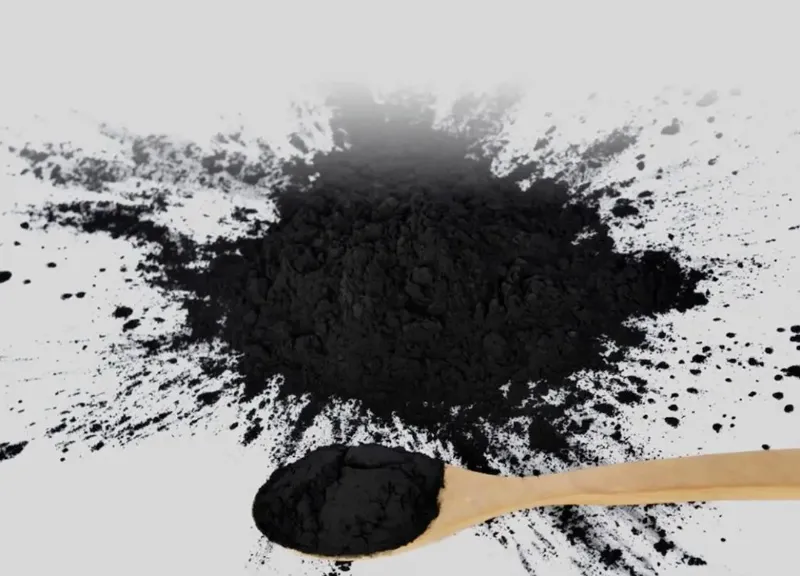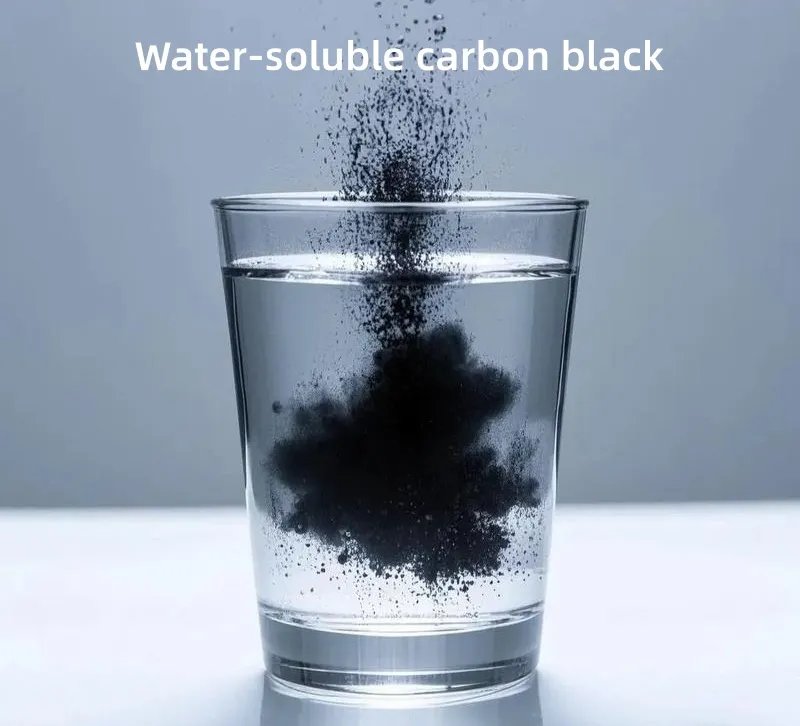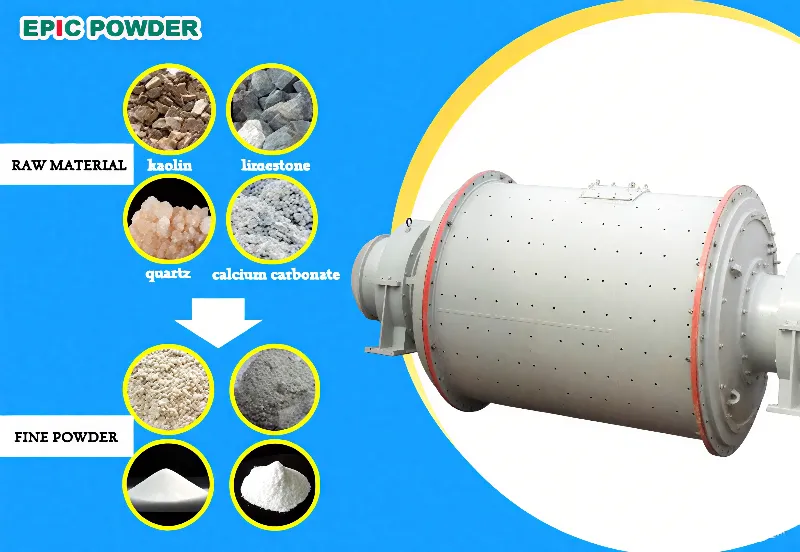Améliorer l'hydrophilie de noir carbone La dispersion des particules de poudre est essentielle pour améliorer leur stabilité de dispersion dans l'eau et accroître leur compatibilité avec les milieux polaires. Ceci est crucial dans des domaines tels que les revêtements, les encres et les composites de caoutchouc.

Produits chimiques de surface Modification
Modification par oxydation
- Oxydation en phase gazeuse:Un traitement à l'ozone, à l'oxygène ou au plasma est utilisé pour introduire des groupes fonctionnels contenant de l'oxygène (tels que des groupes carboxyle et hydroxyle) sur le noir carbone surface. Par exemple, le traitement au plasma d'oxygène augmente considérablement la teneur en oxygène à la surface, réduit l'angle de contact à moins de 40° et améliore la stabilité de la dispersion.
- Oxydation en phase liquideDes agents oxydants tels que l'acide nitrique et le peroxyde d'hydrogène sont utilisés. L'oxydation à l'acide nitrique (concentration 10% à 70 °C pendant 3 heures) élimine efficacement les substances organiques à la surface et améliore l'hydrophilie.
- Oxydation anodique/Oxydation plasmaAccélère les réactions d'oxydation sous champ électrique, augmentant l'efficacité de plus de 30% par rapport aux méthodes traditionnelles. Cependant, un contrôle de la température est nécessaire pour éviter une oxydation et une décomposition excessives des groupes contenant de l'oxygène.

Modification du greffage
- Greffe d'acide polyacrylique:À pH = 3, en utilisant un initiateur de persulfate d'ammonium 0,5% pendant 2 heures, la stabilité de dispersion du noir de carbone dans l'eau s'améliore de 50%.
- Copolymères avec des groupes acide sulfonique (tels que le 2-acrylamido-2-méthylpropanesulfonate de sodium):Introduit des groupes hydrophiles forts pour améliorer la dispersion par répulsion électrostatique.
- Greffage par polymérisation radicalaire:Sous rayonnement ultrasonore, des polymères hydrophiles (tels que l'acide polyacrylique et le polystyrène sulfonate de sodium) sont greffés sur la surface du noir de carbone.
- Greffage de copolymère en peigne:Utilise du polyéthylènesulfonate de sodium (PSS) pour adsorber le noir de carbone à la surface par conjugaison π-π, suivie d'un broyage à billes de 12 heures. La dispersion de noir de carbone obtenue est stable et adaptée au mélange humide du caoutchouc.
Revêtement physique et dispersant Modification
Polymère Revêtement
- Revêtement de polymérisation par microémulsionPar exemple, des dérivés du polyéthylène glycol ou des tensioactifs anioniques (tels que l'AKN-2290) sont utilisés pour enrober la poudre de noir de carbone. Le rapport massique noir de carbone/tensioactif est de 1:0,05–1, et le cisaillement à grande vitesse forme une coque hydrophile.
- Revêtement à séparation de phases:Le noir de carbone hydrophobe est recouvert de polymères hydrophiles (comme l'alcool polyvinylique) par auto-assemblage d'interface, formant une structure cœur-coquille avec une efficacité d'activation >95%.
Application de dispersant
- Tensioactifs anioniques/non ioniques:Par exemple, le dodécylsulfate de sodium et la série O (O-10 à O-35). Ceux-ci réduisent la tension superficielle du noir de carbone, améliorant ainsi sa mouillabilité.
- Agents de couplage silane:Exemples comme Si-69 (TESPT), généralement utilisé pour noir de carbone blanc, modifiez la poudre de noir de carbone en combinant des groupes hydrophobes avec le noir de carbone et en exposant des groupes hydrophiles, bien que ce processus soit plus coûteux.
Optimisation des processus et techniques auxiliaires
Mécanique-Chimique Traitement

- Broyage à boulets activationBroyage à boulets de noir de carbone avec du polystyrène sulfonate de sodium (PSS) pendant 12 heures. La force mécanique décompose les agrégats, tandis que le PSS améliore l'hydrophilie par adsorption π-π. Cette méthode est idéale pour les composites de caoutchouc naturel.
- irradiation par ultrasons:Réduit le temps de réaction de greffage de 50%, diminue la consommation d'énergie et empêche la décomposition du groupe due à une chaleur excessive.
Traitement au plasma
- Le traitement au plasma d'oxygène sous vide augmente les groupes fonctionnels d'oxygène de surface en 5 minutes, améliorant la dispersion (valeur D) de 30%, sans génération de polluant.
Assemblage induit par le sel
- L'ajout de cations traces (tels que Li⁺ ou Na⁺) améliore l'affinité d'interface entre le noir de carbone et l'eau grâce aux interactions cation-π. L'effet d'hystérésis de l'angle de contact est significatif, ce qui le rend adapté aux systèmes aqueux.
Vérification des applications et optimisation des performances
- Composites en caoutchouc:Le noir de carbone hydrophile, lorsqu'il est utilisé dans le mélange de latex, améliore la résistance à la déchirure de 40% et améliore considérablement l'uniformité de la dispersion de la charge.
- Encres/revêtements à base d'eau:Le noir de carbone greffé avec de l'acide polyacrylique améliore la taille des particules stabilité, réduisant le colmatage lors de l'impression à jet d'encre.
- Considérations environnementales:Les systèmes de granulation fermés combinés à la récupération des gaz d'échappement réduisent les émissions de poussières de plus de 90%.
Conclusion
L'amélioration de l'hydrophilie de la poudre de noir de carbone repose essentiellement sur l'introduction de groupes fonctionnels polaires et l'amélioration de l'encombrement stérique. Pour les scénarios à faible coût, la modification par oxydation (oxydation à l'acide nitrique en phase liquide) ou le revêtement tensioactif sont privilégiés. Pour les exigences de haute performance, le greffage assisté par ultrasons avec de l'acide polyacrylique ou des copolymères en peigne, associé au broyage à billes, est idéal. Pour les procédés écologiques, le traitement par plasma d'oxygène associé à des agents de couplage Si-69 offre à la fois efficacité et avantages environnementaux.
